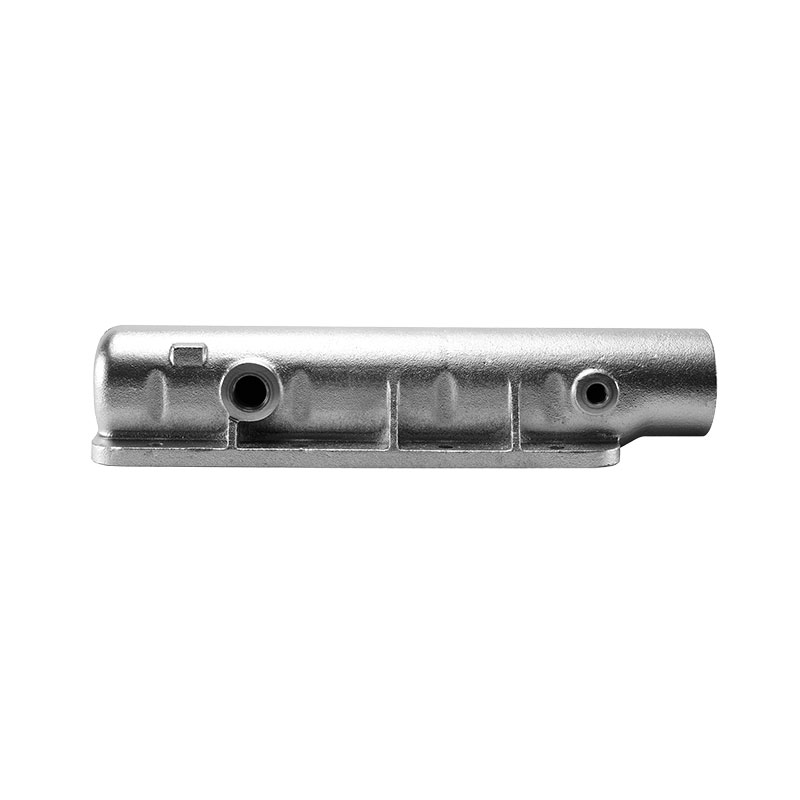Understanding the Vital Role of the Heat Exchanger Part: Manifold Return
2023-10-17
Introduction
Heat exchangers play a crucial role in various industrial processes, from power generation to chemical manufacturing, HVAC systems, and more. One essential component of a heat exchanger system is the manifold return. While it may not be the most conspicuous part, the manifold return is instrumental in ensuring the efficiency and reliability of heat exchange processes. In this blog, we will explore the manifold return and its significance in heat exchanger systems.
What Is a Heat Exchanger Manifold Return?
A manifold return in a heat exchanger is a critical component that serves as a distribution system for the heat transfer fluid (often water or a specialized coolant) within the exchanger. It functions as a collection point for the fluid after it has passed through the heat exchanger's tubes or plates and before it is circulated back into the system for another cycle. Essentially, the manifold return plays a pivotal role in maintaining the proper flow and temperature of the heat transfer fluid.
Key Functions of the Manifold Return
1. Fluid Distribution: The manifold return ensures that the heat transfer fluid is evenly distributed to the heat exchanger's tubes or plates. This uniform distribution is essential for efficient heat exchange and prevents hot spots or uneven heating or cooling.
2. Pressure Regulation: The manifold return helps regulate the pressure of the fluid within the heat exchanger. Maintaining the correct pressure is critical for the overall performance and safety of the system.
3. Temperature Control: By allowing the fluid to return to the heat exchanger at the desired temperature, the manifold return helps maintain precise temperature control in various industrial processes.
4. Reducing Energy Consumption: An efficiently designed manifold return system can help reduce energy consumption by ensuring that the heat exchanger operates at optimal conditions, minimizing energy wastage.
Types of Manifold Returns
Manifold returns come in various designs, depending on the specific requirements of the heat exchanger system. Some common types include:
1. Header-Type Manifolds: These manifolds feature headers at the inlet and outlet for the heat transfer fluid, ensuring an even distribution of fluid to the exchanger tubes or plates.
2. Box-Type Manifolds: Box-type manifolds are compact and efficient, providing both fluid distribution and pressure regulation in a single unit.
3. Distributor Plates: In plate heat exchangers, distributor plates with strategically placed holes and channels act as manifold returns, distributing and collecting the fluid as it flows through the plates.
Significance in Heat Exchanger Performance
The manifold return's proper design and functionality are paramount for the heat exchanger's overall performance. An inefficient or malfunctioning manifold return can lead to various issues, including reduced heat transfer efficiency, increased energy consumption, and potential damage to the exchanger itself. Moreover, it can impact the reliability and longevity of the entire heat exchanger system.
Conclusion
In the world of heat exchangers, the manifold return may not always be in the spotlight, but its significance cannot be overstated. This seemingly unassuming component is integral to maintaining the efficiency, reliability, and safety of heat exchange processes across various industries. Understanding the role of the manifold return underscores its importance in ensuring the smooth operation of heat exchanger systems and the successful execution of industrial processes.



